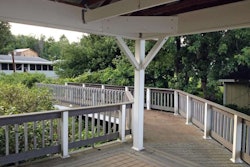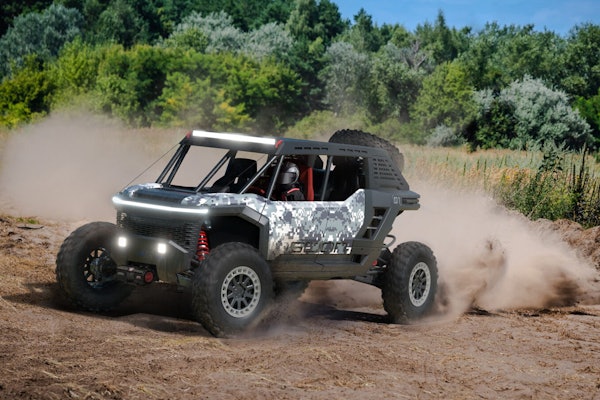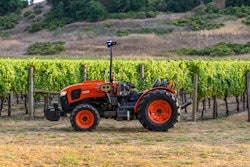 Some small animals have bones that look like tiny adult human bones. An untrained person might think these small bones belong to a human child, so this is why it is important to contact the proper authorities to be sure. Photo: Pixabay
Some small animals have bones that look like tiny adult human bones. An untrained person might think these small bones belong to a human child, so this is why it is important to contact the proper authorities to be sure. Photo: PixabayIt’s a gruesome thought and sounds like the beginning of an episode of “Bones,” but finding human remains while working on a customer’s property isn’t impossible.
Due to the fact that most states still permit burials on private property and the historical heritage of other locations, it is quite feasible to come across some bones while you’re out excavating for a job.
The first step once you’ve unearthed a portion of some skeleton is to determine if the bones are, in fact, human. Sometimes it can be blatantly obvious that remains are those of animals, especially if all of the bones are together, but other times the individual bones or fragments can appear analogous to the untrained eye.
Bear paws can be confused for human hands and fragments of a pig tibia can be confused for a human tibia. Certain skeletal elements are giveaways that the remains are not human such as wishbones, long narrow pelvises and short femurs.
If you can tell that the bones are those of an animal, you’re free to rebury, discard or keep them. The bones can also be cleaned, dried and crushed into homemade bone meal for fertilizer.
On the other hand, if the remains are human or if you are uncertain, it’s always better to go ahead and contact the local police. Different states have varying laws about what to do regarding the discovery of human remains on private property.
In Alabama, there are no state laws requiring private landowners to report these sites, but the Archaeology Research department asks that they do so it can be documented and studied.
The law in Indiana requires a person to contact the Division of Historic Preservation and Archaeology within two days of finding human remains, while in Washington State the county coroner and local law enforcement must be contacted.
It is often illegal to disturb the remains once they have been uncovered, so whatever job you were working on will have to be put on hold for the time being.
Once the local law enforcement has determined that the remains are human, often the county coroner will assume jurisdiction over the remains and decide whether they are of forensic value.
If deemed non-forensic, the archaeology department usually steps in to determine if the remains are Native American and if they are, they will report the findings to the appropriate cemeteries and tribes. Non-Native American remains will be returned to the country coroner to handle the preservation, excavation and internment.
Uncovering bones can be a nasty shock so it is better to have a plan in place and know how to handle the situation. Just like you would research where utility lines are you should also search to see if the planned jobsite is an archaeologically sensitive site before you ever start digging.
In Oregon, those who bury family members on private property are required to maintain accurate, permanent records of the burial site and disclose the burial location upon the sale of the property, so digging up someone’s loved one should be avoidable, but stranger things have happened.
One way to make sure that your company doesn’t suffer from any surprise skeletons is to address the risk in your contract. Generally, the owner of the site is responsible for resolving the problem, so your company may be entitled to additional time and money for the delay throwing off your work schedule.
The three main important things to remember are to stop work, call the proper authorities and preserve the site.









